|
|
The two RV Gypsies chose to explore the Big Room, the less strenuous part of the cave, which is a self-guided tour. They descended 754 feet in just over one minute in an elevator. Then the two RV Gypsies took a short walk along a wide passage that led to the main cave area - the Big Room, where most of the largest formations were found. The cave climate was cool, about 56 degrees F.
Note: Anyone under 16 must be accompanied by an adult 18 years of age or older.
The 1.25 mile path followed a roughly circular (anti-clockwise) route down one side of the chambers and back along the other, and the cave was so large that the two parts of the trail were generally out of sight of each other.
|
|
|
Below: Stalactites, Stalagmites
and Columns |
|
|
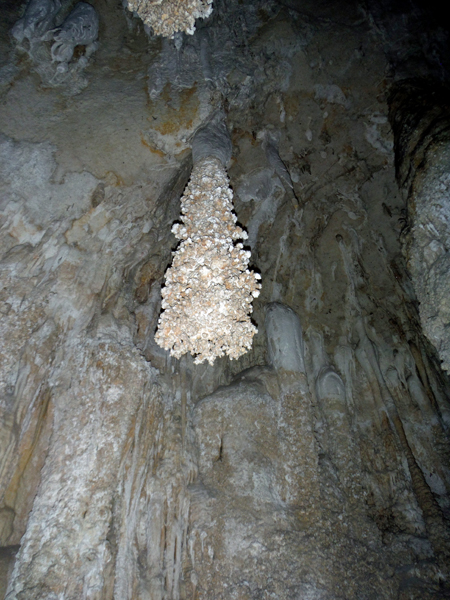 |
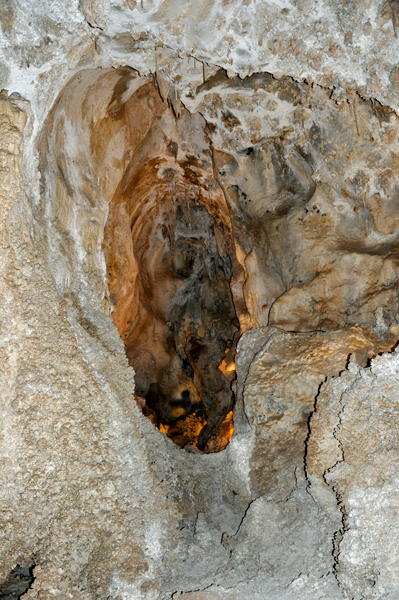 |
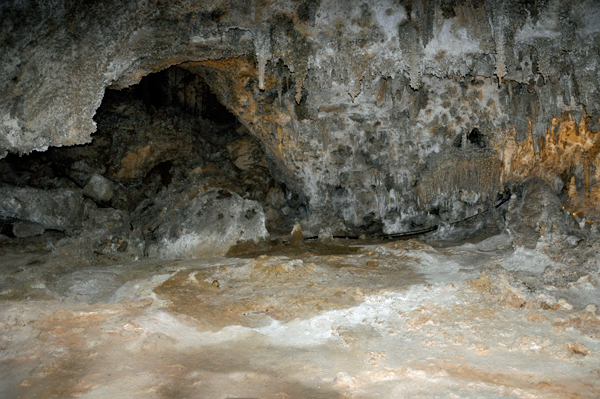 |
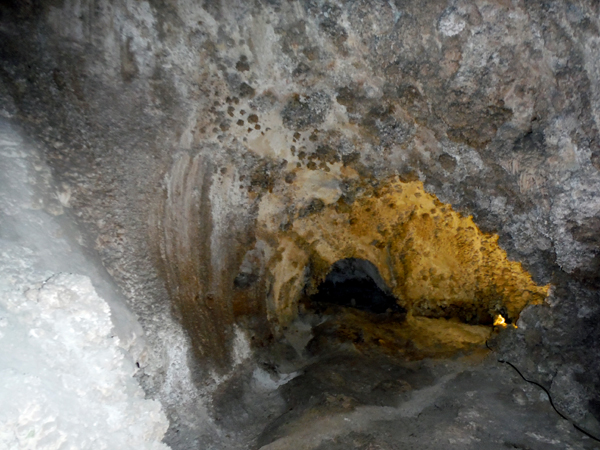 |
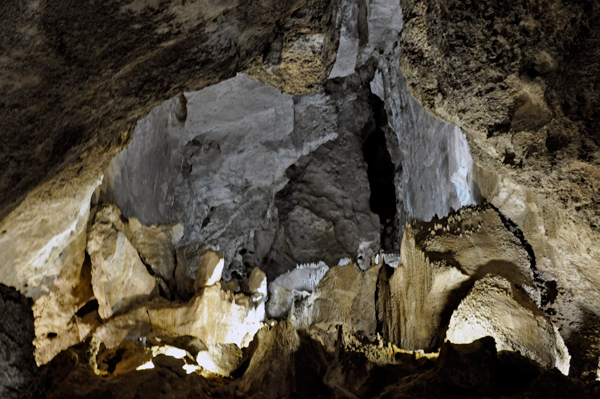 |
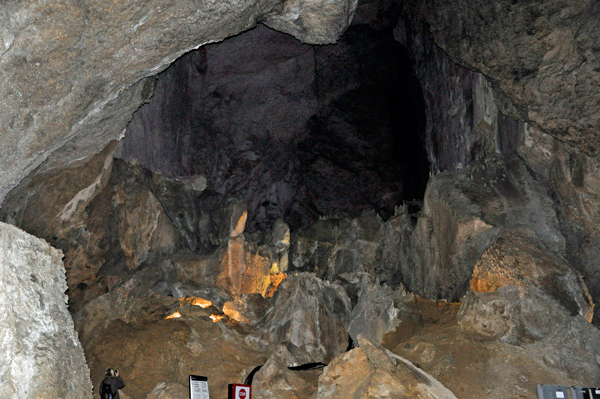 |
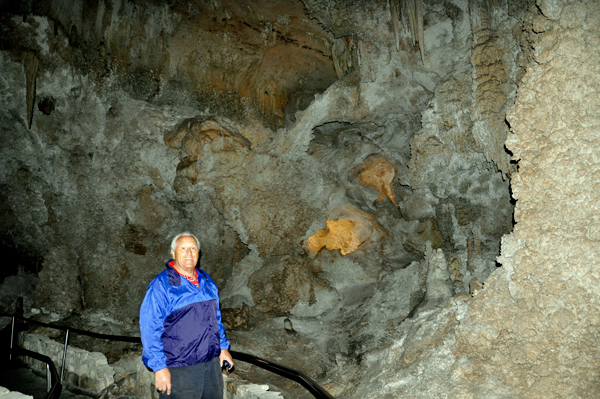 |
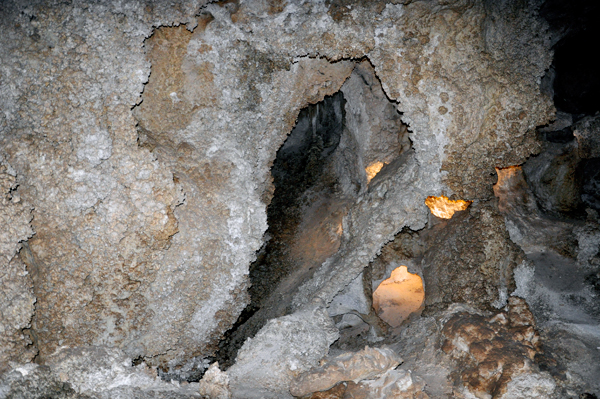 |
Below: The Big
Room is the largest known natural limestone chamber in the Western Hemisphere.
Floor space in the Big Room is more than 600,000 square feet, an area
comparable to 14 football fields. Dramatic stalactites, stalagmites,
columns, and other speleothems can be seen from a variety of angles.
It took the two RV Gypsies about an hour or so to walk around the big
room on the loop trail that is 1-1/4 miles long. |
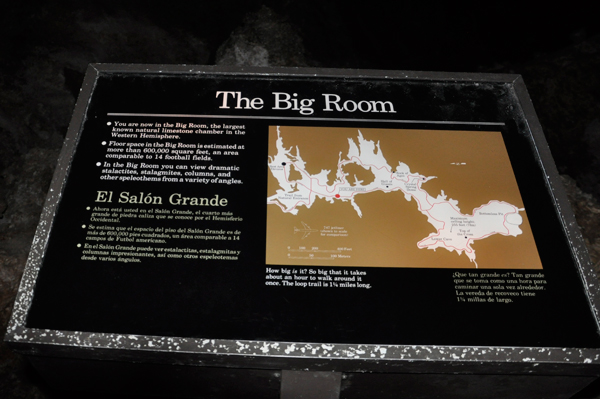 |
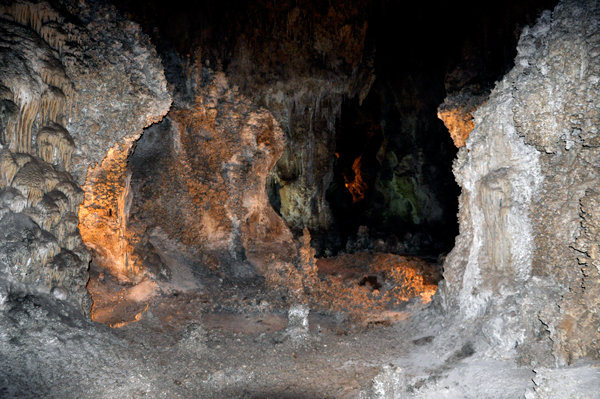 |
Stalactites, stalagmites and other cave deposits made chiefly of calcite are called decorations or speleothems. Speleothems form when groundwater containing calcium bicarbonate solutions seeps into the cave. When the solution becomes exposed to cave air, carbon dioxide gas is released and calcite is deposited. |
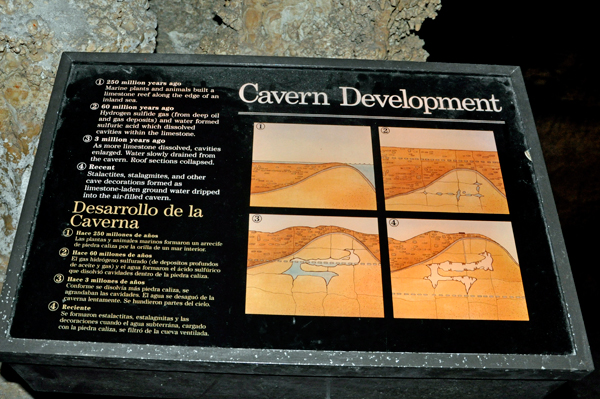 |
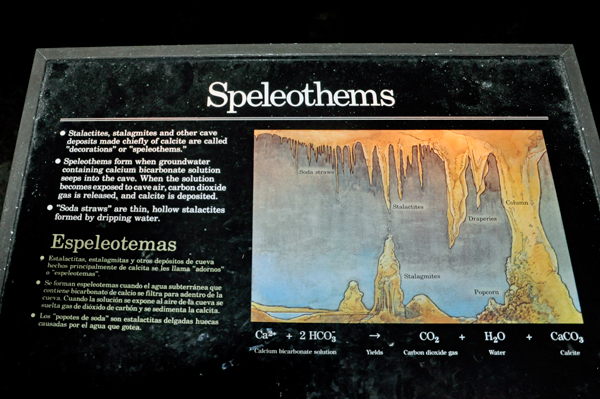 |
Below: The two
RV Gypsies in Carlsbad Cavern. Karen Duquette is near a stalactite and
a stalagmite that are almost touching. Eventually, they will touch and
form a column. Columns are formed by the unions of stalagmites and stalactites.
As compound cave formations, they include among their ranks the tallest
free-standing speleothems in the world. |
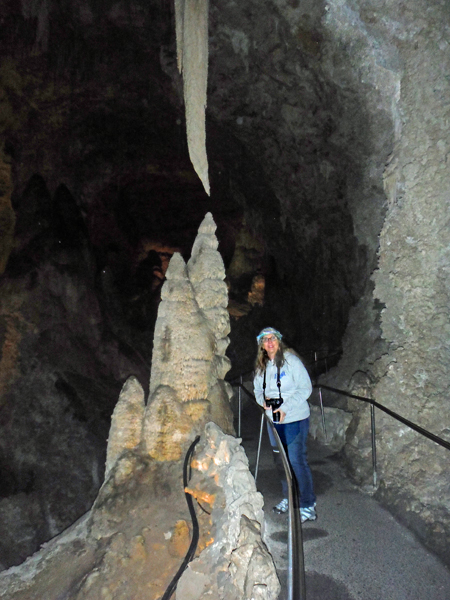 |
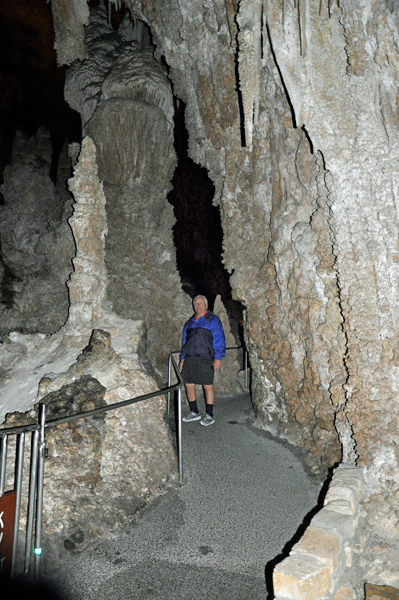 |
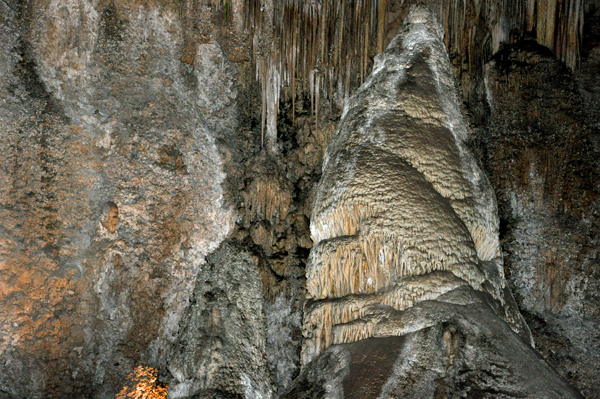 |
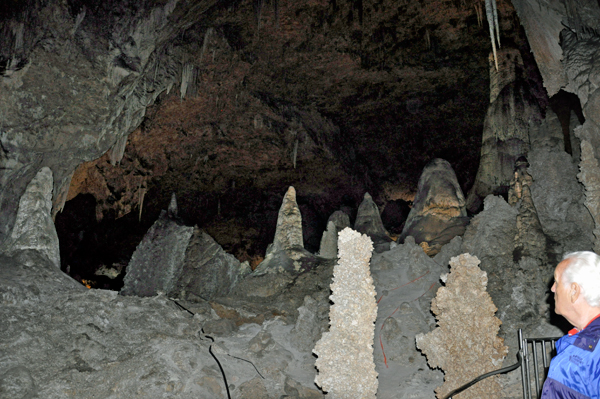 |
Below: A tall, fat, column |
Below: Lions Tail: Stalactite and popcorn |
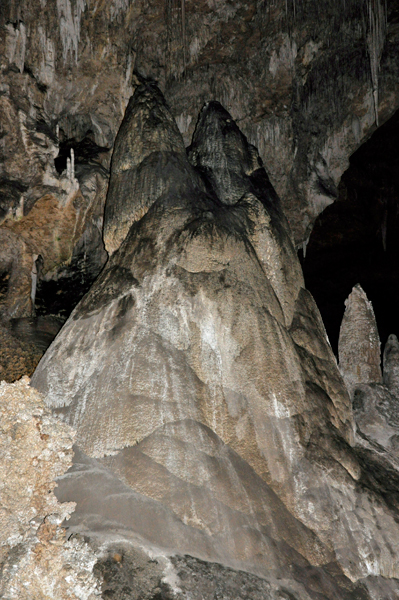 |
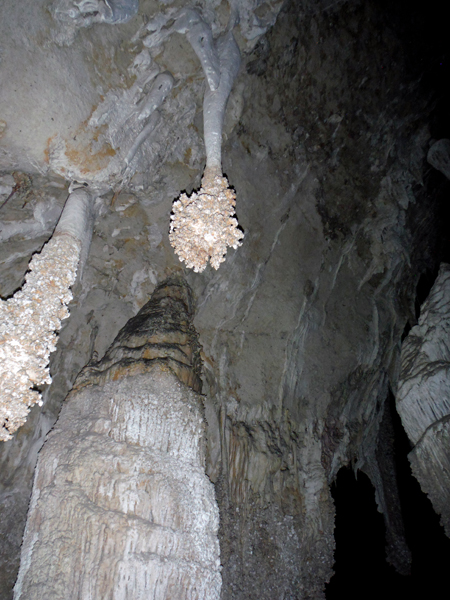 |
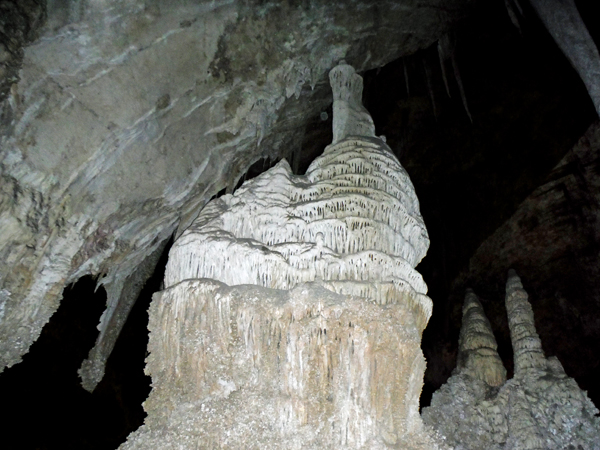 |
Below: Inside the Big Room, there is an area called The Hall of Giants. It consists of three famous massive speleothems, which are the largest in the cave, the Twin Domes and the Giant Dome. These giants began as small deposits on the cavern floor. Gradual accumulation of calcite from dripping water caused them to grow in height and girth. Giant Dome was once a stalagmite like the Twin Domes, but it has grown high enough to touch the ceiling, so it has become a column. |
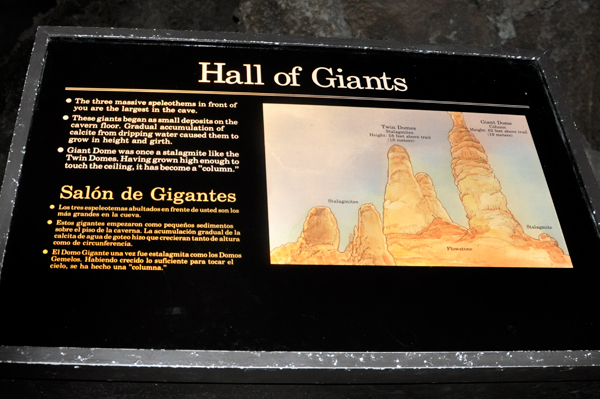 |
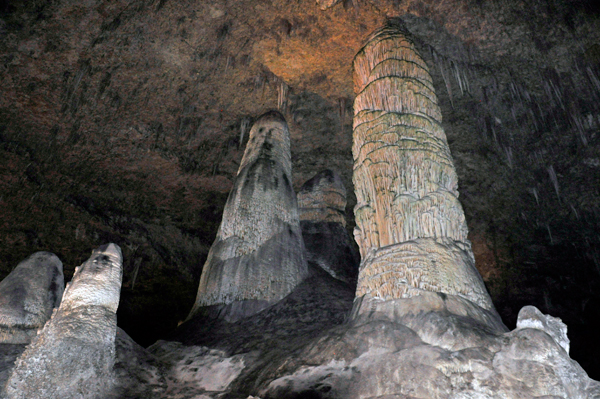 |
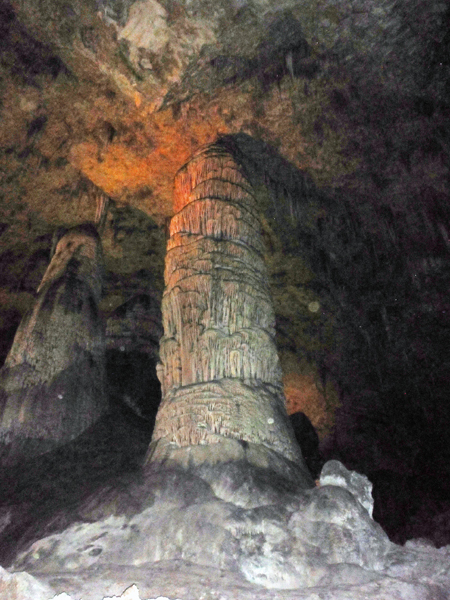 |
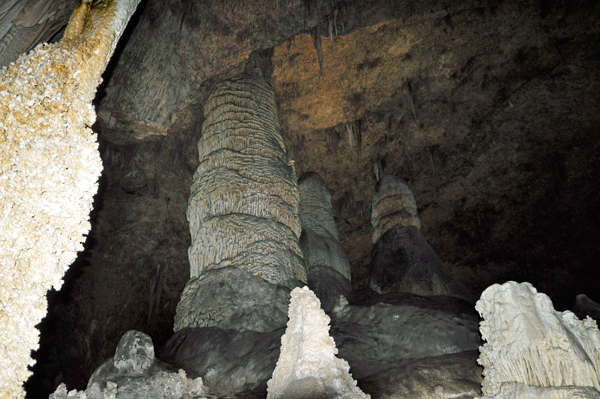 |
Below:
Soda Straws; thin, hollow stalactites formed by dripping water,
and a thin column. |
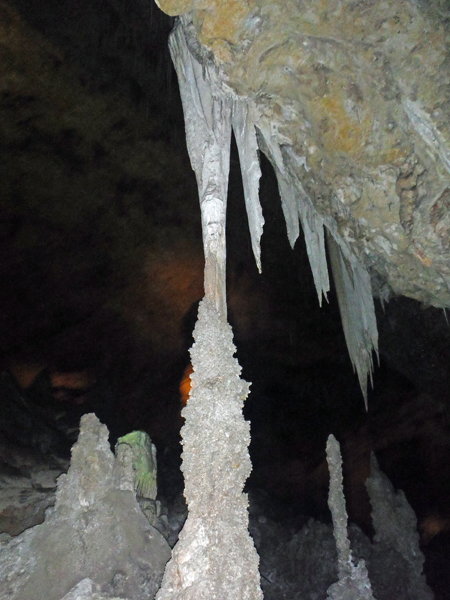 |
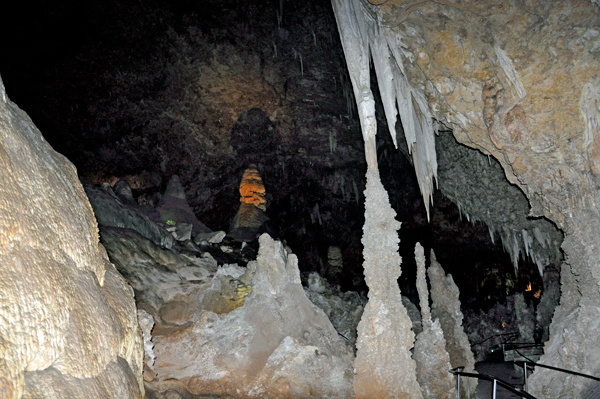 |
Below: Fabulous
formations / decorations. |
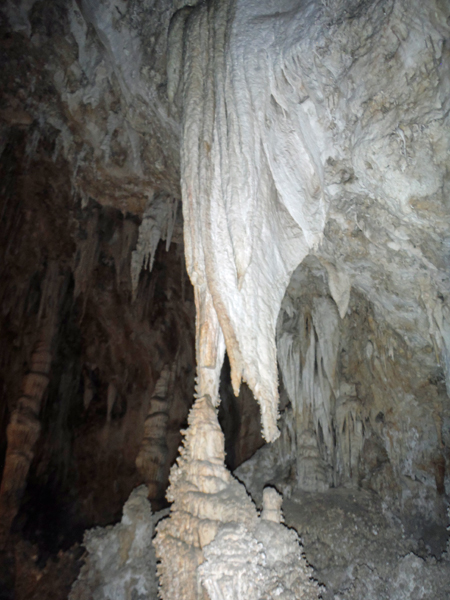 |
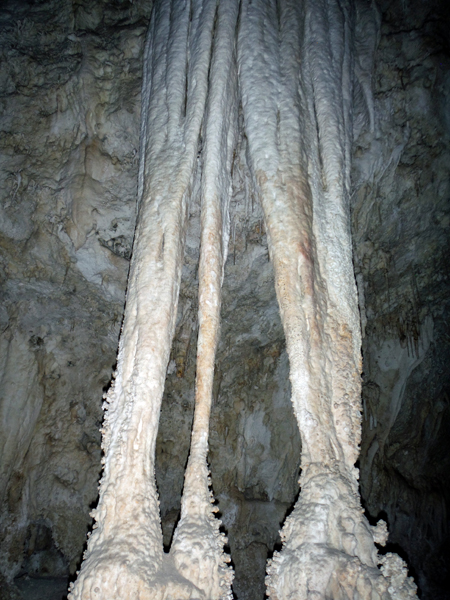 |
Stalactites hang like daggers throughout the Big Room in Carlsbad Cavern. A stalactite is a type of formation that hangs from the ceiling of caves, hot springs, or man-made structures such as bridges and mines. Any material which is soluble, can be deposited as a colloid, or is in suspension, or is capable of being melted, may form a stalactite. Stalactites may be composed of amberat, lava, minerals, mud, peat, pitch, sand, and sinter. |
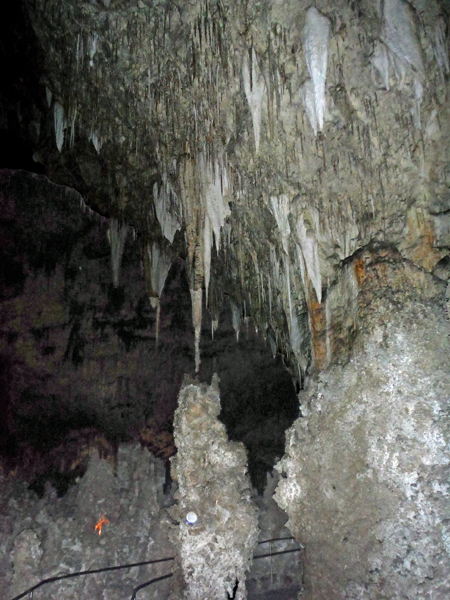 |
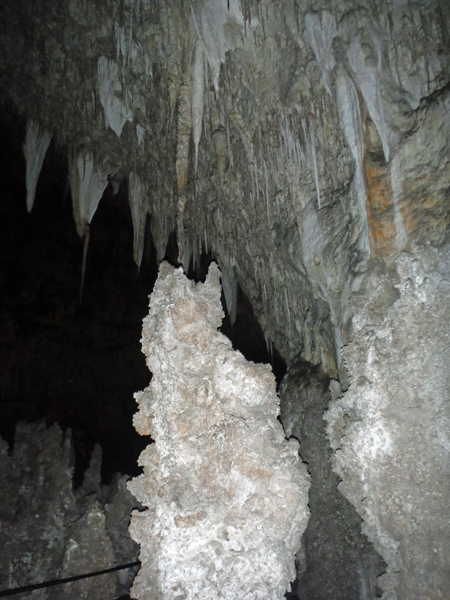 |
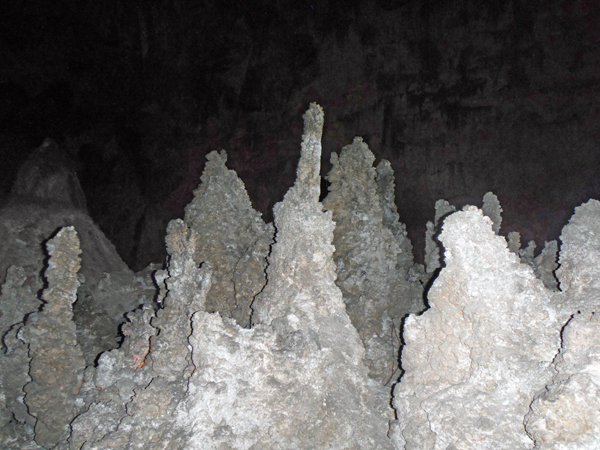 |
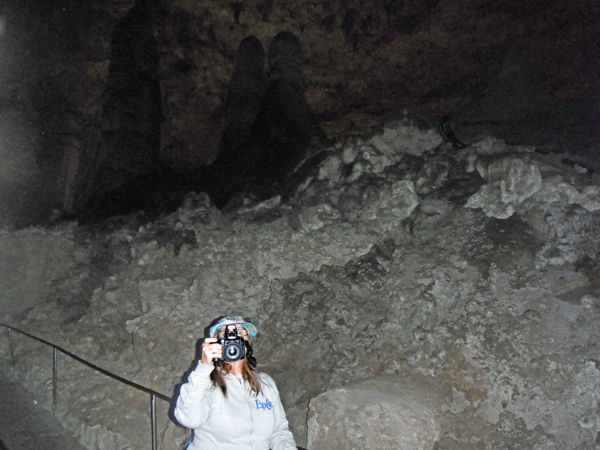 |
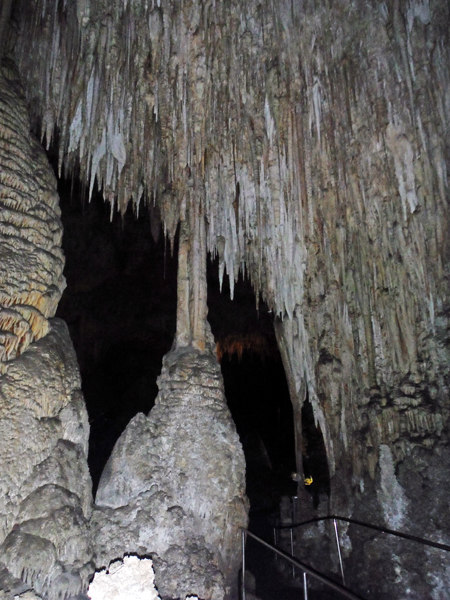 |
A stalagmite is a type of rock formation that rises from the floor of a cave due to the accumulation of material deposited on the floor from ceiling drippings. Stalagmites may be composed of amberat, lava, minerals, mud, peat, pitch, sand, and sinter. |
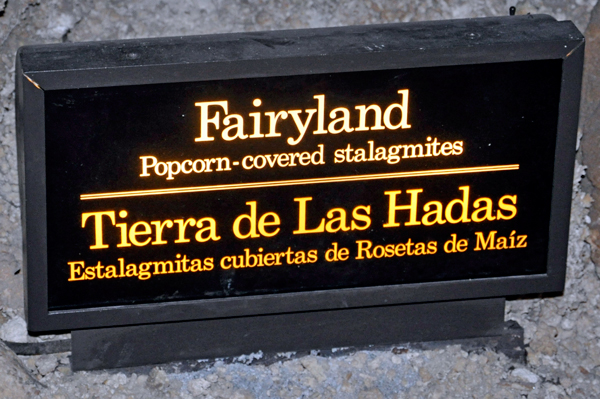 |
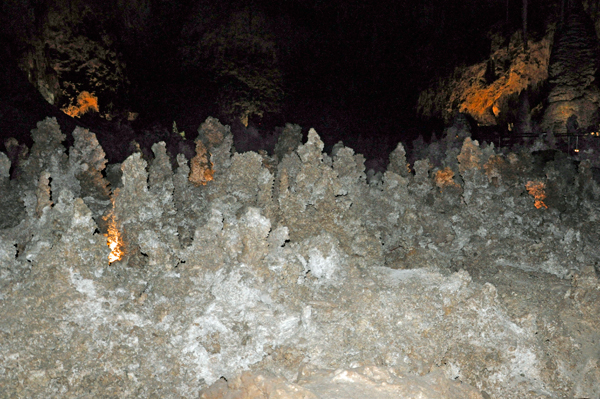 |
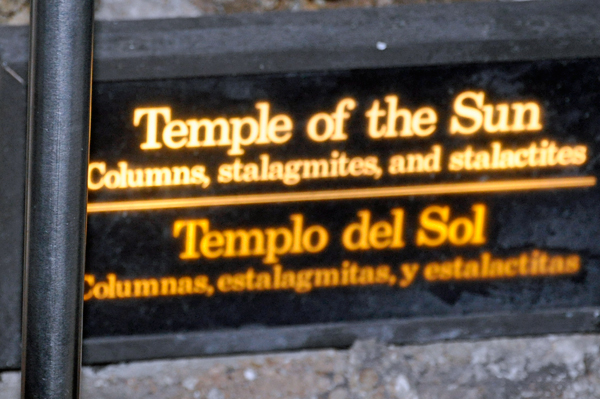 |
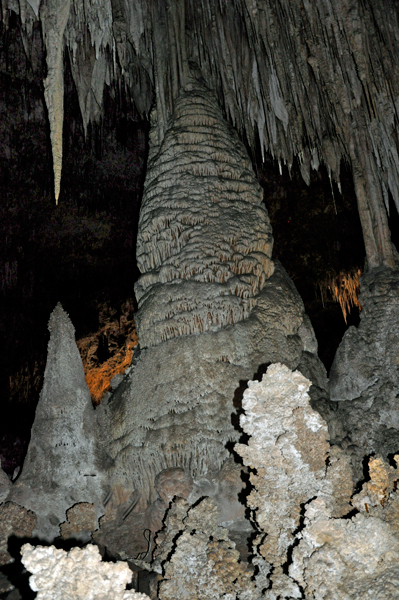 |
Below: A big column, too big to fit in one picture. |
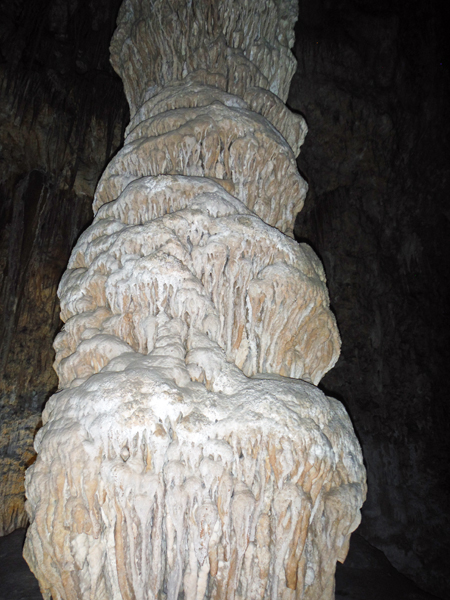 |
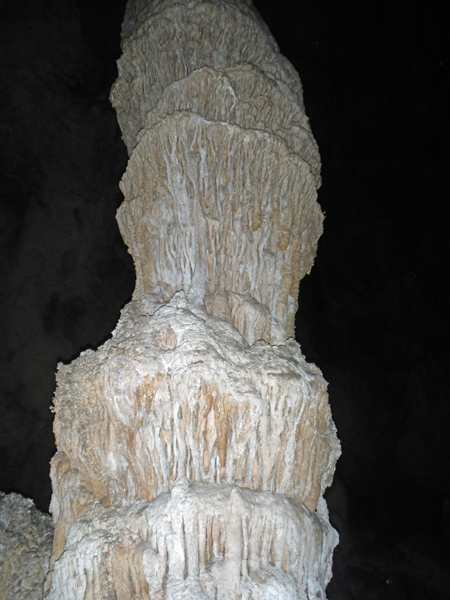 |
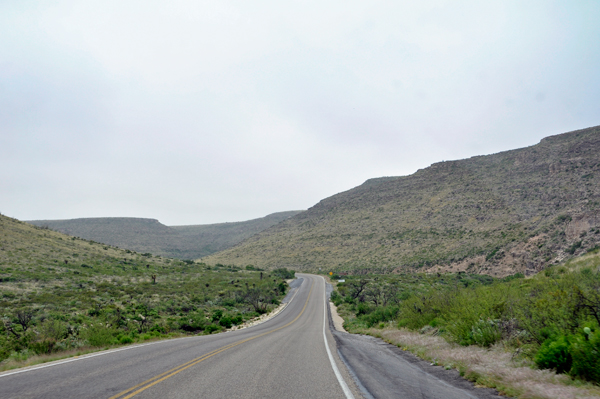
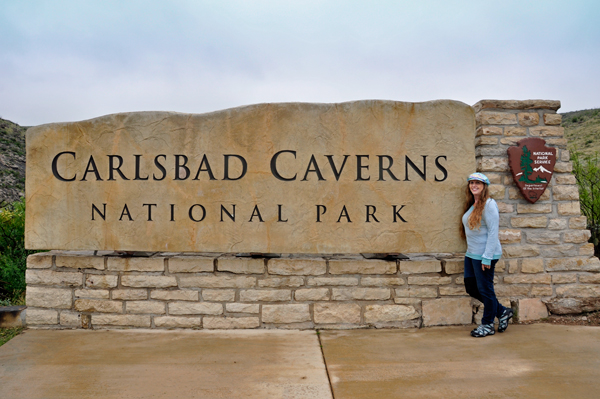
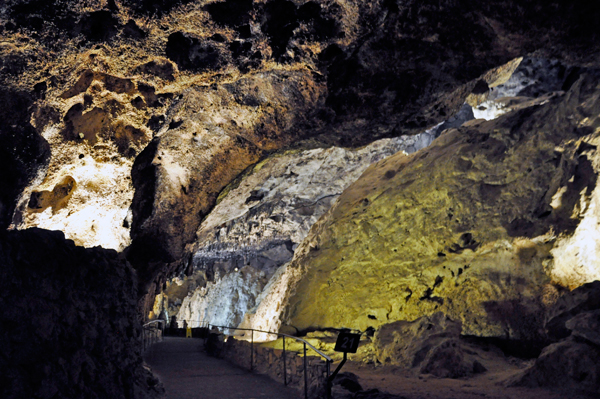
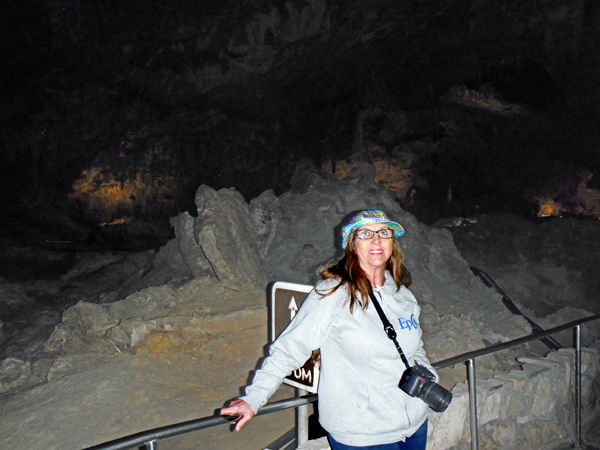
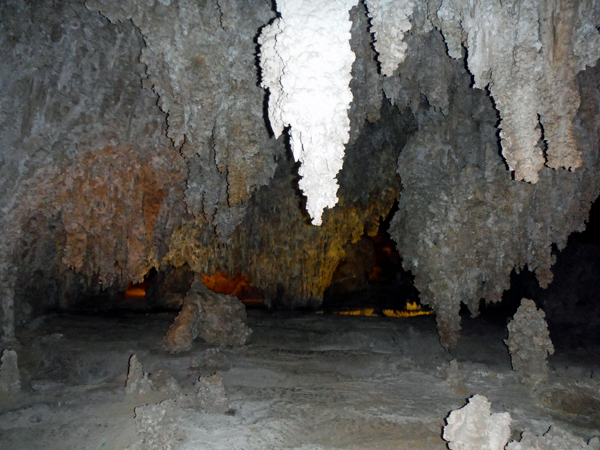
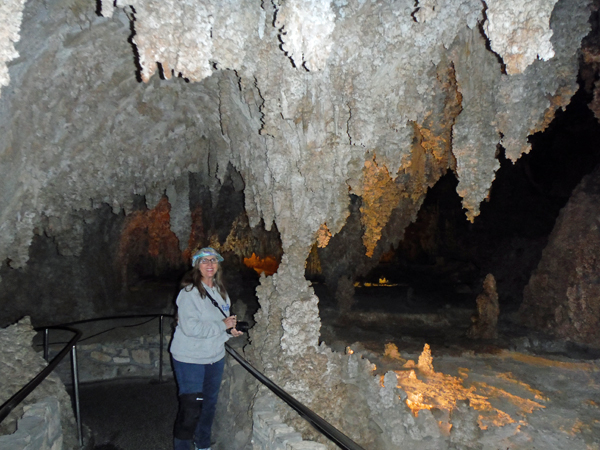







































 Images have been placed on several pages to allow loading of photos faster, and to make viewing these pages more please.
Images have been placed on several pages to allow loading of photos faster, and to make viewing these pages more please.